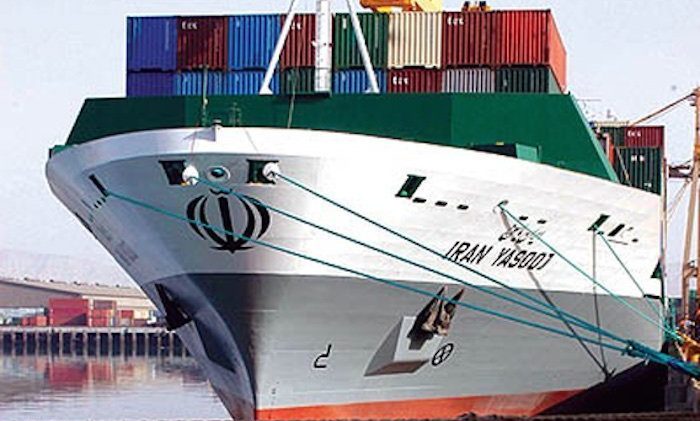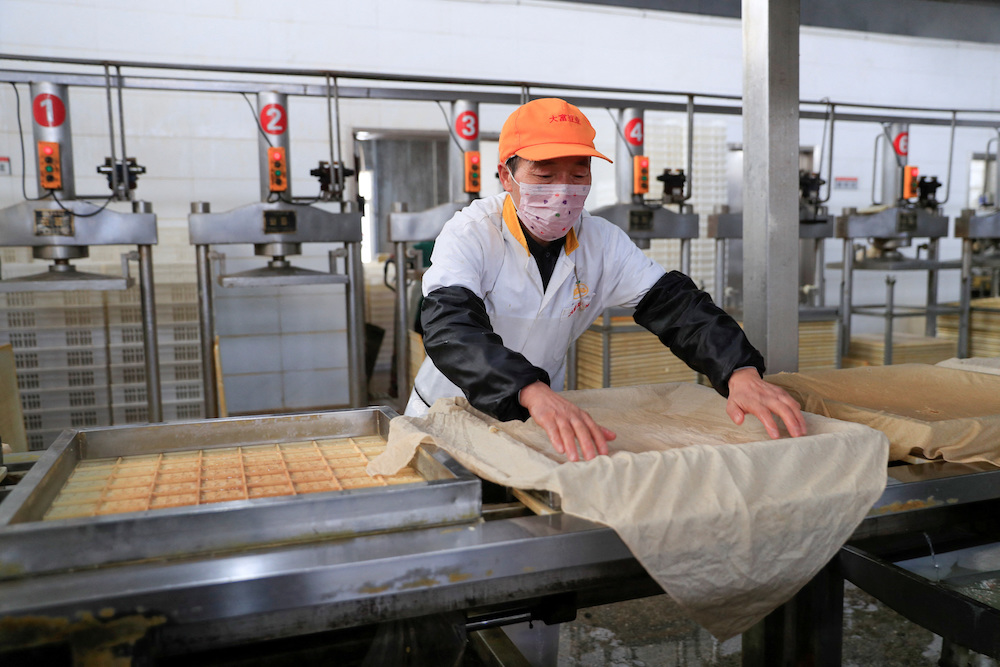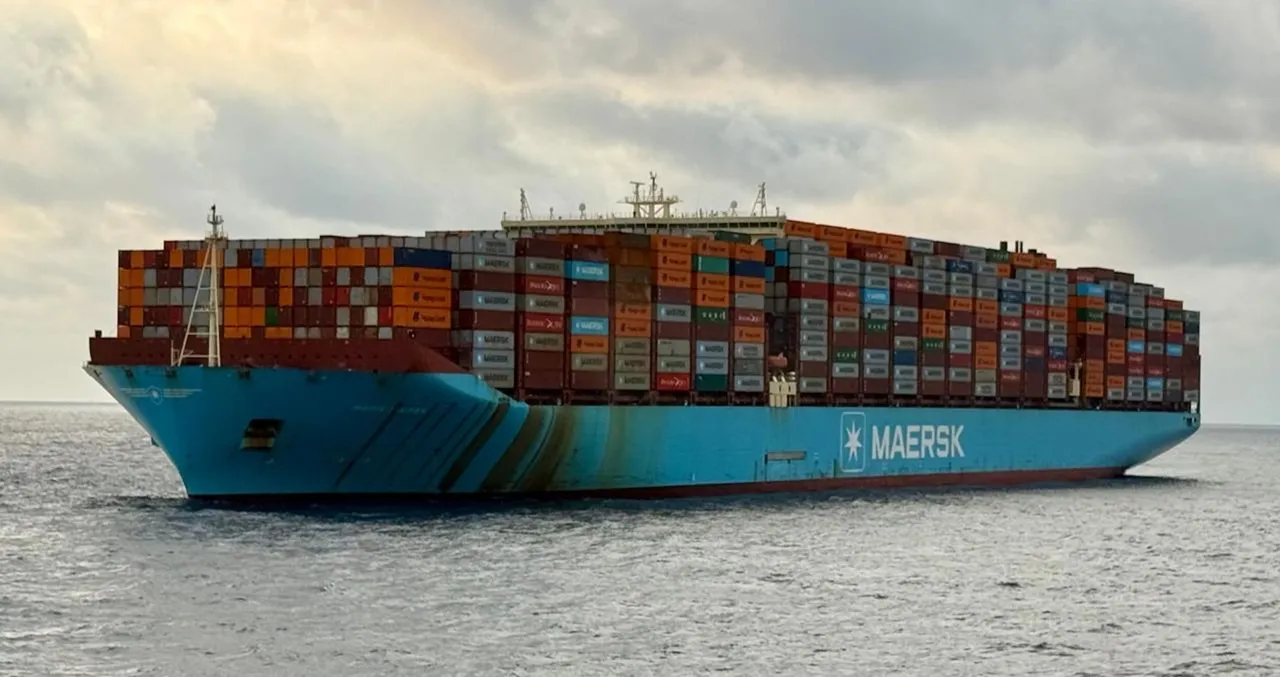Shippingtelegraph: Peace in Ukraine: Impact on tanker sizes, dark and sanctioned fleet, asset prices
by Shipping Telegraph
For the first time since Russia’s invasion of Ukraine, a peace deal is on the cards. The stakes for brokering an enduring peace in the Russia-Ukraine war are high. However, a potential peace deal in Ukraine will have major implications for energy markets, trade routes, and supply chains.
“It remains heavily debated whether trade flows might return to “normal” in the event of a peace deal,” says the London-headquartered shipbroking firm E.A. Gibson Shipbrokers (Gibson) in its latest tanker market report.
The current leaders of the UK, France, and Germany, as well as the Baltic and other EU States might try particularly hard to prevent a swing back to Russian energy trade, especially in the event of a “bad deal” for Ukraine.
If it is assumed that any deal is likely to involve sanctions relief, then some normalization in trade flows is possible. The key, however, would be whether European refiners are allowed to return to Russian crude supplies. If this were to be the case, then over time trade flows might shift to resemble something similar (but not the same) as their pre-war patterns.
Depending on willingness from Europe to resume Russian imports, India and China could be incentivized to increase intake from elsewhere (likely West Africa, the Americas and Middle East) depending on prices and refining margins for specific grades.
Gibson notes that any increase in Indian or Chinese buying from outside Russia, is likely to benefit VLCCs more than other sizes, given the cargoes are likely to originate in West Africa, the Americas or the Middle East – key VLCC markets. In contrast, smaller crude carriers are set to lose, with Aframaxes the most vulnerable.
“MRs may see less downside from reverting trade flows, given they could be redeployed on Russian exports to Europe, whilst MRs in the US Gulf would also gain back some market share in Latin America. However, for LR2s it is difficult to find a positive outlook, with LR2s feeling the brunt of any decline in trade from the East to Europe,” the London broker noted.
However, a return to a “new normal” is not entirely negative. According to Gibson, many of the ‘dark/grey/illicit’ ships are engaged in Iranian or Venezuelan trade (particularly in the VLCC and suezmax segments), so will not be impacted by a potential lifting of Russian sanctions.
Since 2022, the dark/grey/illicit fleet has grown to over 1160 ships, more than 63% of which are now sanctioned. More than 92% are over 15 years of age and critically, more than 62% are over 20 years old.
“This clearly indicates that it will be very difficult for the >20 year old ships currently solely shipping Russian barrels, to resume trading in the mainstream market. The hedge therefore for mainstream shipowners, is that whilst they may see tonne mile demand fall, any mainstream player returning to Russian trade is unlikely to use >20 year old tonnage with a chequered trading history,” says the broker.
“In the Handy sector, where the fleet has rapidly aged, any increase in demand for sub 20 year old ships might prove problematic given many were sold off to serve trade outside the oil price cap framework. As such MRs may pick up extra demand here.”
The sale and purchase market could also be heavily impacted. Asset prices for newbuild and secondhand ships surged following the invasion. At the start of this year, 15 year old prices for Suezmaxes were up 114% compared to February 2022, whilst Aframaxes gained 94%. VLCCs were up “just” 54% over the period, clearly demonstrating the preference for smaller crude carriers.
However, this year asset prices for older ships have come under steady pressure as demand for dark fleet ships becomes saturated.
With the exception of VLCCs, 15 year old prices are down by 15-17% year on year and could see further downside if the conflict ends.
As Gibson explains, demand for older ships is likely to come under further pressure if sanctions against Russia are lifted, perhaps bringing prices close enough to scrap levels.
As it is reported, with a 20-year Aframax currently valued around $25m, compared to $7m for scrap, demolition activity is limited.
Notwithstanding the challenges involved in scrapping sanctioned ships, the lifting of sanctions could significantly narrow the gap over time, making large scale scrapping a real possibility.
Scrap prices are currently the lowest since 2020, Gibson says, adding that they could come under further pressure if an increase in scrapping is not met by an increase in demand for scrap steel.
Related Posts





